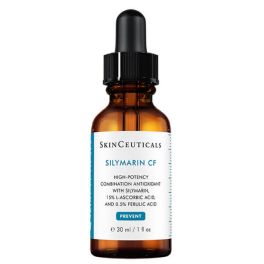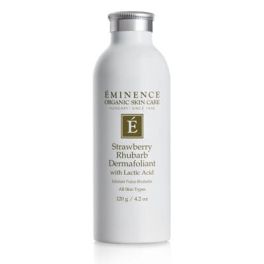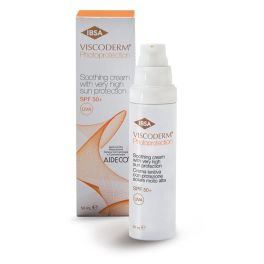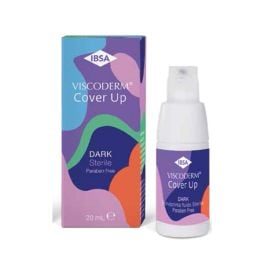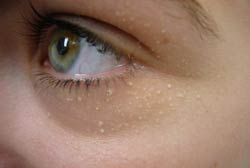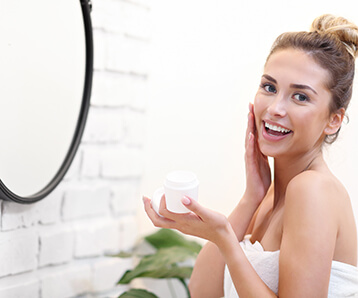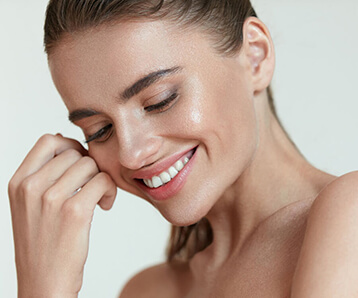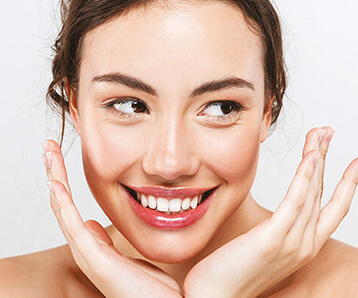Milia: How To Get Rid Of Milia Posted on 22 Sep 2018
What Is Milia (milk spots)?
Milia are small, hard white bumps under the surface of the skin commonly known as milk spots. They are common in all ages and both sexes, especially among young babies but also present as adult milia.
They most often arise on the face and are particularly prominent around the eyes (white spots near the eye), on the eyelids, and on cheeks but they may occur elsewhere.
What Causes Milia?
What causes milk spots in adults?
Milia is caused by trapped dead skin cells (keratin) in your skin clogging up the sweat ducts.
Milia tend to occur after a trauma like a rash due to allergic reactions and irritation from harsh products. After an injury, burn, or blistering of the skin, the number of skin cells trapped under the skin's surface can increase. Common areas are milia on the eyelid, milia on the forehead, and around the eyes.
Another important factor that can cause milia is using face creams that are too rich thus preventing natural exfoliation from occurring. Sun damage is another contributing factor.
Although they are harmless, many people with milia would prefer to remove them.
They can sometimes clear up by themselves without treatment but with milia in adults, they can be stubborn to clear lasting for a few weeks or persist for months or sometimes longer!
How Do You Get Rid Of Milia?
When trying to remove milia whatever you do, do not squeeze or try to remove it yourself like a spot as you will cause more harm, particularly for eyelid milia removal.
There may be some milia removal creams, but using regular exfoliating ingredients in your daily skincare regime like AHA's & BHA's Salicylic Acid, Glycolic Acid or Retinol will help prevent milia from occurring and in some cases will get rid of them.
Using a cleansing brush with your daily cleanser to give your skin a deeper cleanse can be very effective too.
Regular use of an at-home facial like DermaTx Microdermabrasion can prove beneficial as the best exfoliator for milia.
If your milia don't respond to an exfoliating treatment after several weeks or months, consider looking into an effective procedure called advanced electrolysis or cryotherapy, which we offer in our clinic.
Skincare Tips To Remember
Remember regular exfoliation and sunscreen will help prevent milia from occurring.
You should be using an eye cream that is light enough to penetrate easily into your eye area. If you think your eye cream is too rich, switch to an eye gel instead.













